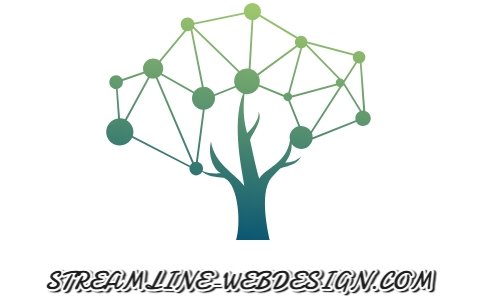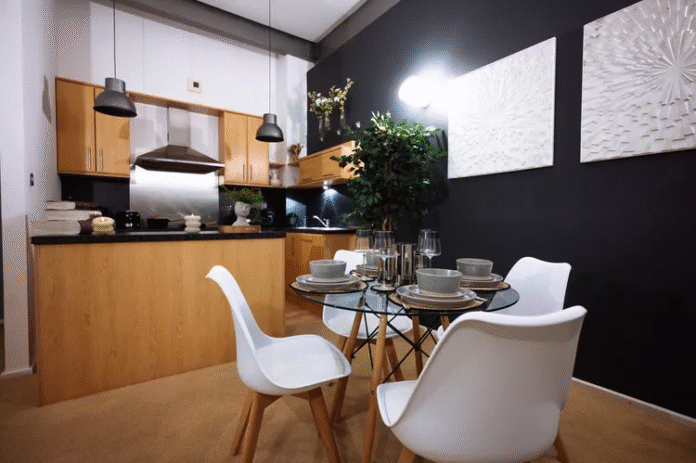
In the ever‑evolving landscape of digital creativity, collaboration has become king. Sharing static files and juggling version numbers no longer cuts it when teams span time zones and continents. Recognizing this, Adobe has opened the doors to a private beta of a feature that could transform design workflows: live co‑editing in Photoshop.
Unveiled in mid‑January 2025, this capability lets multiple creatives open the same PSD simultaneously, making edits, adding assets, and watching one another’s changes unfold in real time. It’s the kind of instant interactivity that modern teams need—and one that has long been the hallmark of browser‑native design tools. Now, Photoshop joins the ranks of real‑time collaborators, promising to reshape how visual projects come together.
From Email Chains to Instant Synergy
Historically, collaborating in Photoshop meant exporting files, appending version numbers, and sending them back and forth—often via clumsy email threads or shared drives. Each hand‑off risked overwriting someone else’s work, and reconciling divergent versions could feel like digital archaeology.
With live co‑editing, those frustrations fade away. Imagine:
- Two illustrators refining different areas of a poster at the same moment—one perfecting color blends, the other tweaking typography—each seeing the other’s brushstrokes as they happen.
- A photographer and a retoucher working in tandem: one applies local adjustments to shadows and highlights while the other masks and composites new elements, all in one shared canvas.
- A remote team spread across New York, London, and Tokyo brainstorming layout options together, making annotations, moving layers, and instantly reacting to each idea.
This fluid environment accelerates decision‑making. There’s no waiting for “your turn,” no risk of lost changes, and no endless version merges. Instead, creativity becomes a continuous, communal flow.
Four Pillars of Live Co‑Editing
Adobe highlights several transformative benefits:
- True Real‑Time Collaboration
Edits, layer adjustments, and annotations appear live for every participant. It’s the digital equivalent of gathering around a drafting table—only everyone can be in that room simultaneously, no matter where they are. - Streamlined Workflows
By eliminating file hand‑offs and merge conflicts, teams reclaim hours previously lost to administrative overhead. Designers focus on design, not on managing versions. - Global Team Alignment
Whether your collaborators are in a corporate office, a home studio, or a café across the globe, everyone sees the same up‑to‑the‑second state of the document. Geographic distance no longer introduces creative lag. - Enhanced Creative Energy
Instant feedback and shared exploration spark ideas faster. A spontaneous suggestion can be tested on the spot, fueling group momentum and leading to richer, more cohesive outcomes.
Joining the Private Beta
Adobe is initially gating live co‑editing behind a private beta. Designers, art directors, and retouchers eager to experiment can apply through Adobe’s site. Selected participants will gain early access, providing crucial feedback that will shape performance, stability, and feature enhancements before the broader rollout.
This iterative approach allows Adobe to refine synchronization algorithms, optimize bandwidth usage, and ensure layer‑locking and conflict resolution behave intuitively under diverse real‑world conditions.
Why Now? Adobe’s Collaborative Pivot
The arrival of live co‑editing in Photoshop underscores a larger shift in Adobe’s strategy. For years, browser‑native tools like Figma and web‑based suites such as Google Docs have set expectations for real‑time teamwork. Adobe’s desktop flagship needed a similar evolution to maintain its leadership in creative software.
By embedding co‑editing into Photoshop—long revered for its power and precision—Adobe bridges the gap between feature depth and collaborative agility. It signals a future where heavyweight creative applications feel as connected and responsive as lightweight web tools, without sacrificing advanced capabilities.
What This Means for Creatives
Live co‑editing promises to change daily routines:
- Faster Iterations: Concept drafts, client reviews, and internal critiques can happen on the fly, shaving days off project timelines.
- Richer Brainstorms: Teams can sketch, annotate, and prototype together, building on each other’s ideas in real time.
- Reduced Errors: With everyone working in one shared file, the chances of outdated assets or overlooked revisions plummet.
- Greater Inclusivity: Freelancers, in‑house designers, and agency partners can collaborate seamlessly, no matter their toolchain or location.
Looking Ahead
As private beta participants put live co‑editing through its paces, Adobe will gather insights on performance under heavy layer counts, latency in different regions, and the interplay with cloud‑based asset libraries. Those learnings will inform the public release, expected later in 2025.
When that day arrives, Photoshop users will gain a powerful new way to co‑create—one that finally aligns the world’s most advanced image‑editing tools with the collaborative demands of modern teams. The era of isolated PSD files is coming to an end. In its place, a living, breathing canvas awaits, where ideas converge, evolve, and flourish together—live, in Photoshop.











